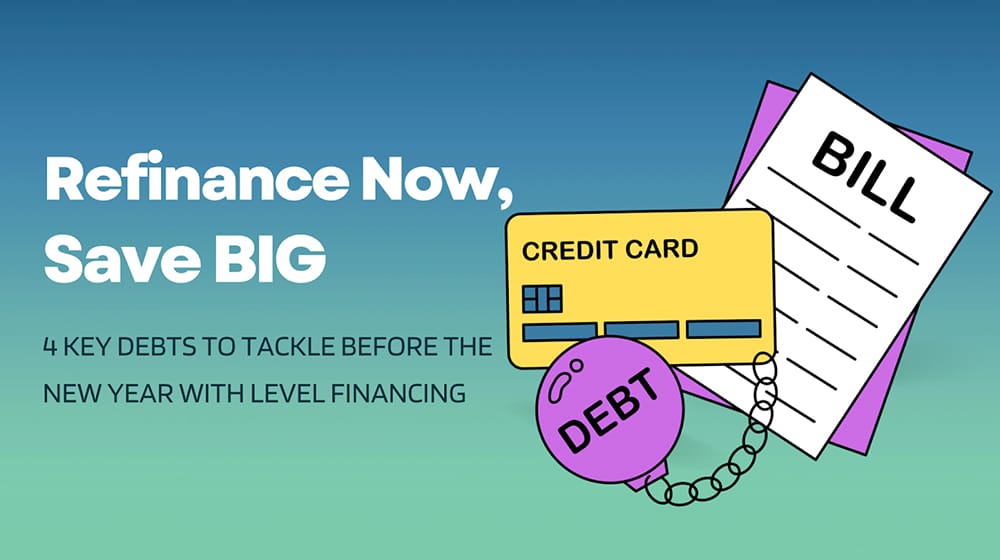The holiday season is prime time for overspending. But this year, more shoppers than ever are bumping up against their credit limits. With bills for gas, food, and other basics taking huge bites out of budgets, many folks have little left for gifts and other splurges. No wonder requests for higher card limits are skyrocketing!
Compared to last year, the percentage of cardholders asking for bigger limits has jumped over ten times – from 1.5% to 14.4%. Even better, the credit card companies are saying yes more often. In 2022, over a third of increase requests were rejected. But so far, in 2023, only about 31% are being denied.
What gives? Well, American’s credit card balances just hit an all-time high of $930 billion. That tells you all you need to know about how folks are struggling to make ends meet.
With new cards harder to get, they’re asking for higher ceilings on their existing plastic. Let’s check out the good, the bad, and everything in between on credit limit increases.
The Pros of Credit Card Limit Increases
Scoring a credit limit increase can be a big win if you use it responsibly. The obvious perk is being able to make bigger purchases without divvying payments between multiple cards. Saves time and headaches!
Raising your limit can also help your credit by lowering your utilization ratio. That’s your balance divided by the total available credit.
Experts recommend keeping utilization below 30%. By raising your limit, you increase total available credit and lower your utilization.
Key Takeaway: Responsible cardholders can benefit from higher credit limits through increased purchasing power, better rewards earning, and improved credit utilization ratios.

The Cons of Credit Card Limit Increases
However, raising credit limits does come with some potential downsides. The most obvious risk is the temptation to overspend. With a higher limit, consumers may feel that they have extra spending capacity even if their income and budget haven’t changed. This could easily lead to accumulating greater balances and credit card debt.
Higher limits could also enable users to spend right up to the maximum. Maintaining high balances close to the limit will negatively impact credit scores. This is especially true if it pushes utilization above the recommended 30% threshold.
Key Takeaway: Credit card users should be cautious about higher limits, which can tempt overspending and increased debt that hurts credit scores.
Factors to Consider Before Requesting a Credit Limit Increase
So, how do you decide if a credit limit increase is right for your financial situation? Here are some key factors to weight first:
- Income stability – Have you had a steady income from the same sources over an extended timeframe? Sudden income fluctuations may indicate that now is not the time for more available credit.
- Debt-to-income ratio – Calculate your DTI by dividing monthly debt payments by pre-tax monthly income. A DTI above 40% may mean you can’t afford additional credit card debt.
- Credit score – A very good or excellent credit score signals you manage debt responsibly and may qualify for an increase. Fair or poor scores are red flags.
- Other debts – If you already carry substantial balances on multiple credit cards or other debts like personal loans, extra credit card spending power may be ill-advised.
- Debt consolidation opportunities – Sometimes it is possible to decrease the interest you pay on your credit card by taking out a personal loan for debt consolidation. With online lenders like Level, this process can be completed quickly and easily.
Key Takeaway: Carefully evaluating income stability, debts, credit score, and budget can help determine if a credit limit increase is beneficial or risky based on your situation.
Understanding the Credit Limit Increase Process
If you decide a higher limit is prudent, here is what you need to know about obtaining one:
- Automatic increases – Issuers often periodically review accounts and automatically approve credit limit increases for qualified cardholders based on payment history and other factors.
- Requested increases – You can proactively request a higher limit yourself, either by submitting an application online, calling customer service, or sending a written request.
- Hard vs soft pull – A hard inquiry will lower your credit score temporarily, while a soft pull only accesses your credit report without impacting it. Soft pulls are more common, but some issuers make hard inquiries.
- Evaluate reasons – Provide strong, valid reasons for needing the increase, such as planning a major purchase for a home improvement project or wedding. Vague explanations may get denied.
- Improve credit habits – If recently denied, establishing a record of on-time payments and lowered balances can demonstrate you are now ready for more available credit.
Key Takeaway: Understand options like automatic or requested increases, whether hard or soft credit pulls are done, and ways to strengthen approval chances for a new higher limit.
Strategies for Responsible Credit Card Limit Management
Simply having access to more credit does not necessarily mean using more credit. Here are some tips to manage higher limits responsibly:
- Stick to a budget that factors in monthly credit card payments. Don’t let more available credit alter your spending habits.
- Pay off balances promptly each month. Allowing bigger purchases to linger on cards longer negates the benefits of a higher limit.
- Divide large purchases into smaller chunks. Big-ticket items don’t need to be maxed out on a single card. Spread costs out across your mix of credit limits.
- Request only what you need. Don’t obtain overly excessive limits out of vanity. Unused credit still factors into your utilization ratio.
- Review statements frequently. Watch for suspicious charges or signs you may be overspending so you can modify habits quickly.
Key Takeaway: Responsible credit card management requires diligent budgeting, prompt payment, avoiding excessive limits, and monitoring spending.
Monitoring and Adjusting Credit Card Limits
Credit limits aren’t necessarily fixed permanently once set. As your financial profile evolves, you may need to re-evaluate your current card limits.
- Watch for unexpected limit decreases that could indicate identity theft or issuer concerns about your creditworthiness.
- Consider requesting periodic increases in proportion to any income gains to maintain healthy utilization ratios.
- Monitor your credit reports to catch unauthorized requests for higher limits that could indicate fraud.
- Ask issuers to lower your limits if your income decreases or you are overextended and need help reigning in spending.
- Evaluate cross-selling offers to transfer limits between cards you already have rather than obtaining excessive limits overall.
Key Takeaway: Actively monitoring and adjusting credit limits appropriately as your finances and needs change lets you maintain optimal utilization and credit access.

Final Thoughts
With rising economic challenges, more average consumers are turning to credit limit increases to finance major purchases or daily expenses. While higher limits offer greater purchasing power and flexibility, they also pose risks like increased debt or overspending.
Consider your individual circumstances carefully. Apply budget-conscious spending strategies and active monitoring to ensure higher credit access remains beneficial over the long term. Empower yourself to make informed financial decisions that support your broader credit health and stability.




